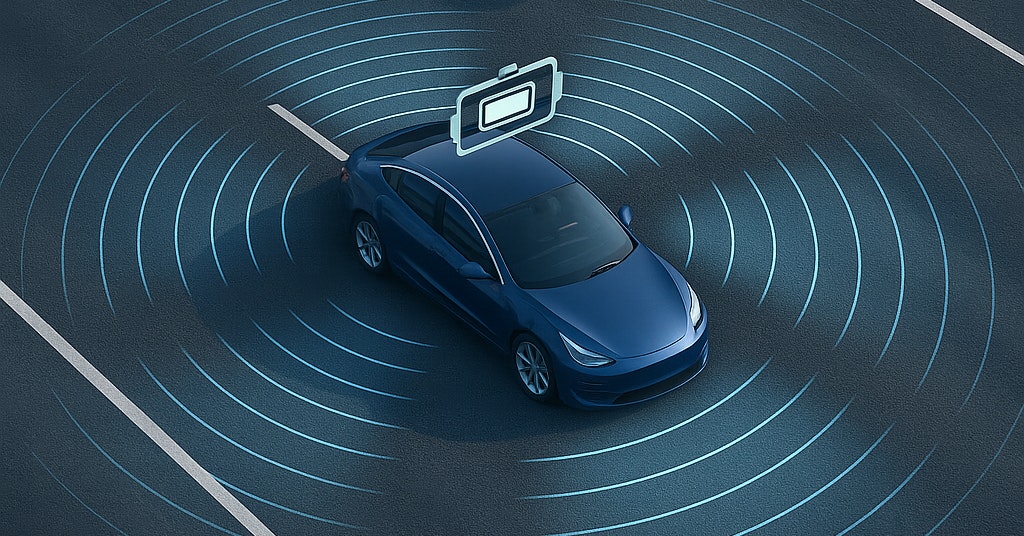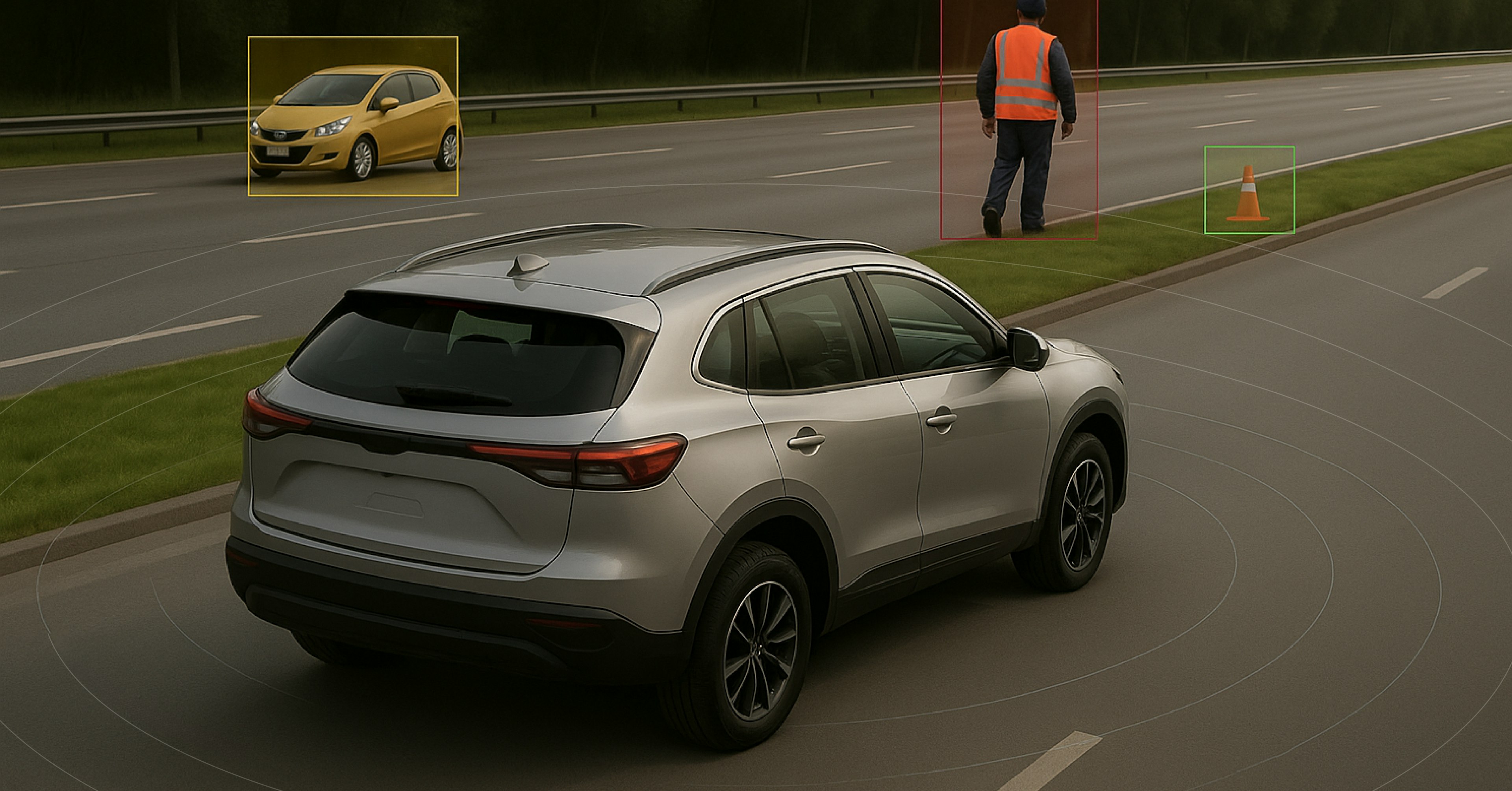The Evolution of Automatic Emergency Braking (AEB) at Higher Speeds
Similar Posts

Why Power-Efficiency Matters for EVs and Autonomous Driving

Four Trends Driving the Future of Radar Perception




Automatic Emergency Braking (AEB) has revolutionized vehicle safety, reducing rear-end collisions and protecting drivers, passengers, and pedestrians. While AEB is highly effective at lower speeds—such as in city driving or stop-and-go traffic—its performance at higher speeds is an area of ongoing development. At higher speeds, vehicles need more distance to stop, making it harder for AEB systems to perform effectively as they must see farther and react earlier.
According to the National Highway Traffic Safety Administration (NHTSA), in 2021 alone, over 43,000 people died in motor vehicle crashes in the U.S.—and speeding was a factor in nearly one-third of those fatalities. A large proportion of these crashes occurred at speeds above 40 mph. In 2022, according to IIHS, nearly 8,700 people were killed in collisions with fixed objects—such as stationary vehicles or roadside obstacles—accounting for 19% of all motor vehicle crash deaths.
This data reflects two of the main challenges and weaknesses in many of today’s AEB systems: high speeds and stationary objects. High-profile incidents involving systems like Tesla’s Autopilot and Ford’s BlueCruise have revealed how difficult it is for current sensors to reliably recognize and respond to static hazards, such as stalled vehicles or road debris. These incidents are deadlier and more likely when speeds are high.
Recognizing the growing problem of high-speed crashes and the limitations of current systems, NHTSA has introduced new regulations aimed at reducing both the frequency and severity of collisions. Starting in 2029, the updated Federal Motor Vehicle Safety Standard (FMVSS 127) will require all new passenger vehicles to include AEB systems that can prevent or mitigate crashes at speeds up to 90 mph, detect pedestrians in both daytime and nighttime conditions, and perform reliably using only low-beam headlights.
These requirements have pushed automakers to search for cost-effective solutions that can meet the new performance bar. Traditional AEB systems rely on various combinations of camera, radar, and lidar sensors, but each modality comes with trade-offs in cost, performance, and scalability.
A debate has been ongoing in the industry as to how much the new regulations will cost automakers. NHTSA has projected modest costs, with performance improvements coming mainly from software upgrades and assuming minimal hardware changes. NHTSA estimated the total cost for compliance for all new cars would be $354 million annually.
The Alliance for Automotive Innovation pushed back strongly. In its response to FMVSS 127, the group estimated that meeting the new requirements could cost over $430 million per OEM, arguing that the changes would require upgraded sensors, more powerful ECUs, and the integration of additional hardware—far exceeding NHTSA’s original projections.
An analysis of sensor solutions reveals that radar, known for its all-weather reliability and long range could play a critical role in meeting the new performance demands at a cost in line with NHTSA’s estimates. However, traditional radar often fails to differentiate between nearby static objects, for example a stopped vehicle underneath an overpass. As a result, most AEB systems are designed to ignore stationary objects. This design choice—intended to avoid phantom braking for false detections—can lead to severe outcomes, such as rear-ending a stalled vehicle. Zendar solves this problem of stationary object blindness using AI. With high-precision object classification, Zendar is able to filter out irrelevant objects (like overpasses) while quickly identifying true hazards.
Zendar’s solution is software-defined, enhancing the existing radar sensor performance with only a software upgrade. This also means the system software can be upgraded continuously to keep up with safety benchmarks now and into the future.
With stricter AEB regulations coming into effect and safety expectations rising, automakers are under pressure to upgrade perception systems without driving up cost. Radar has long been valued for its all-weather reliability and range, but its limitations in resolution and object classification have traditionally limited the role it can play in AEB systems.
That’s changing.
Zendar is redefining what radar can do. By enabling accurate classification of complex scenes in real time, AI has solved one of radar’s biggest historical weaknesses: its inability to reliably detect and differentiate stationary objects.
Instead of stacking sensors and adding costly hardware, OEMs now have the option to unlock higher AEB performance using the radar that’s already installed on the vehicle. With AI doing the heavy lifting, radar evolves from a supportive role to a primary perception engine—one that scales, performs, and meets the demands of the road ahead.